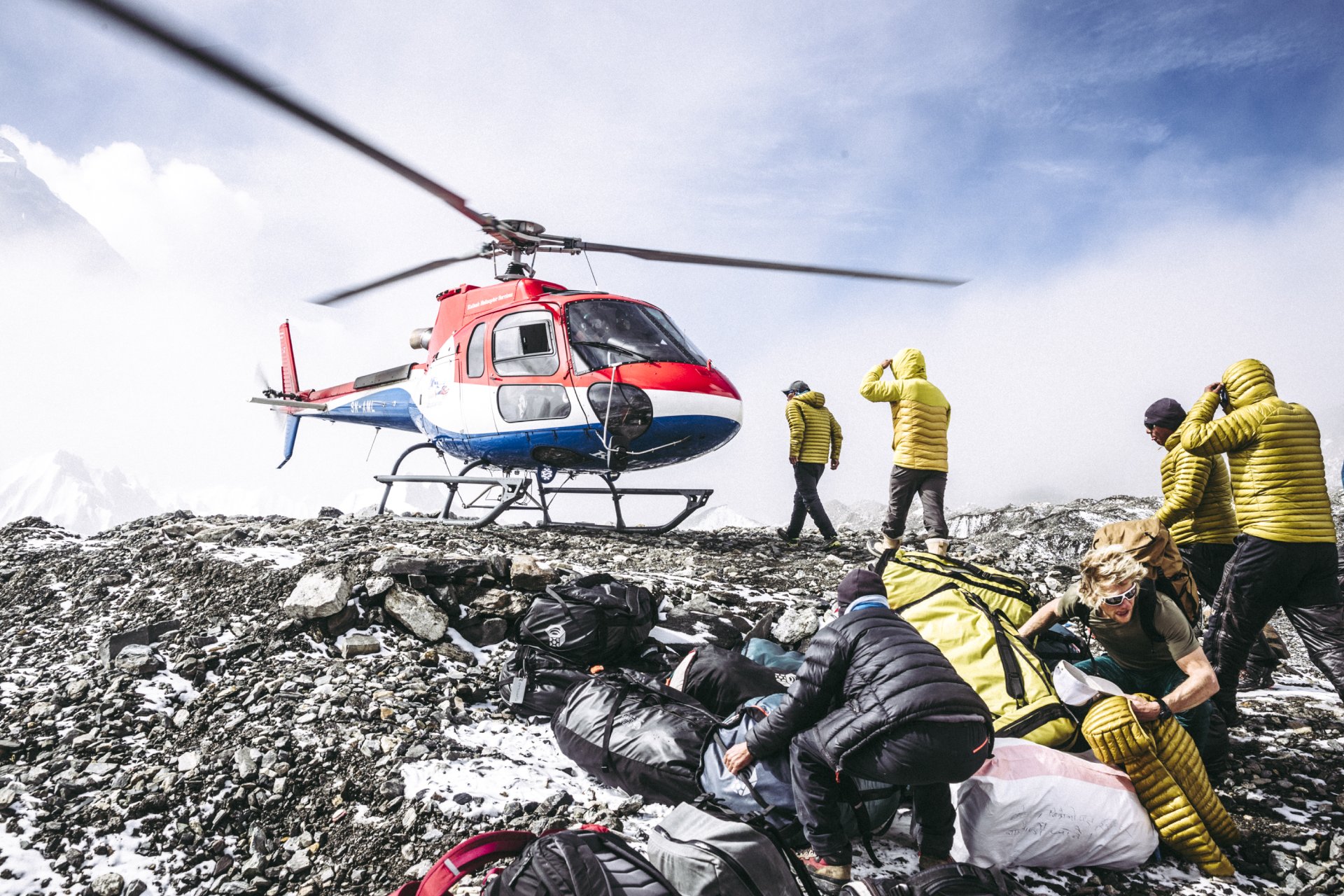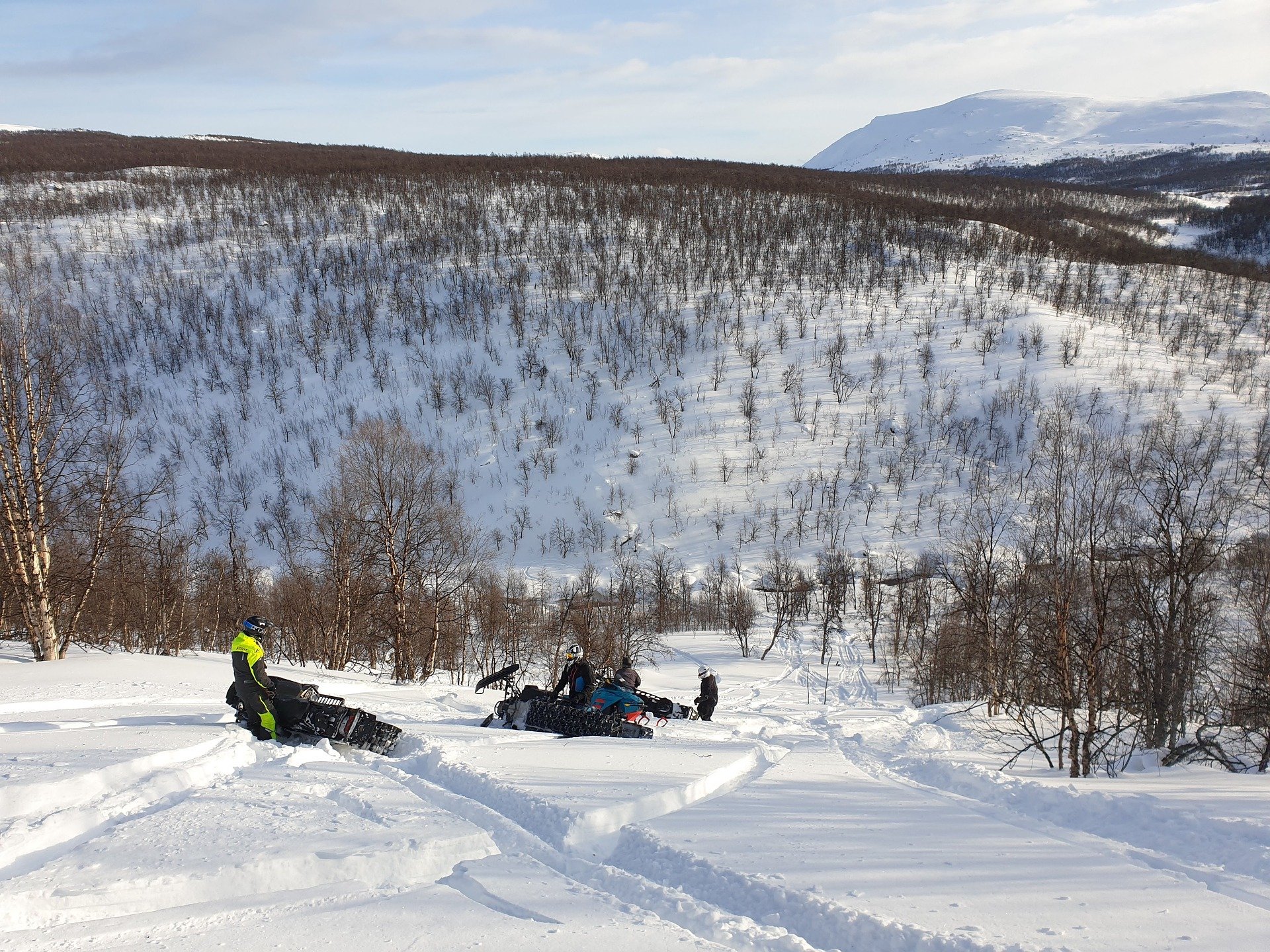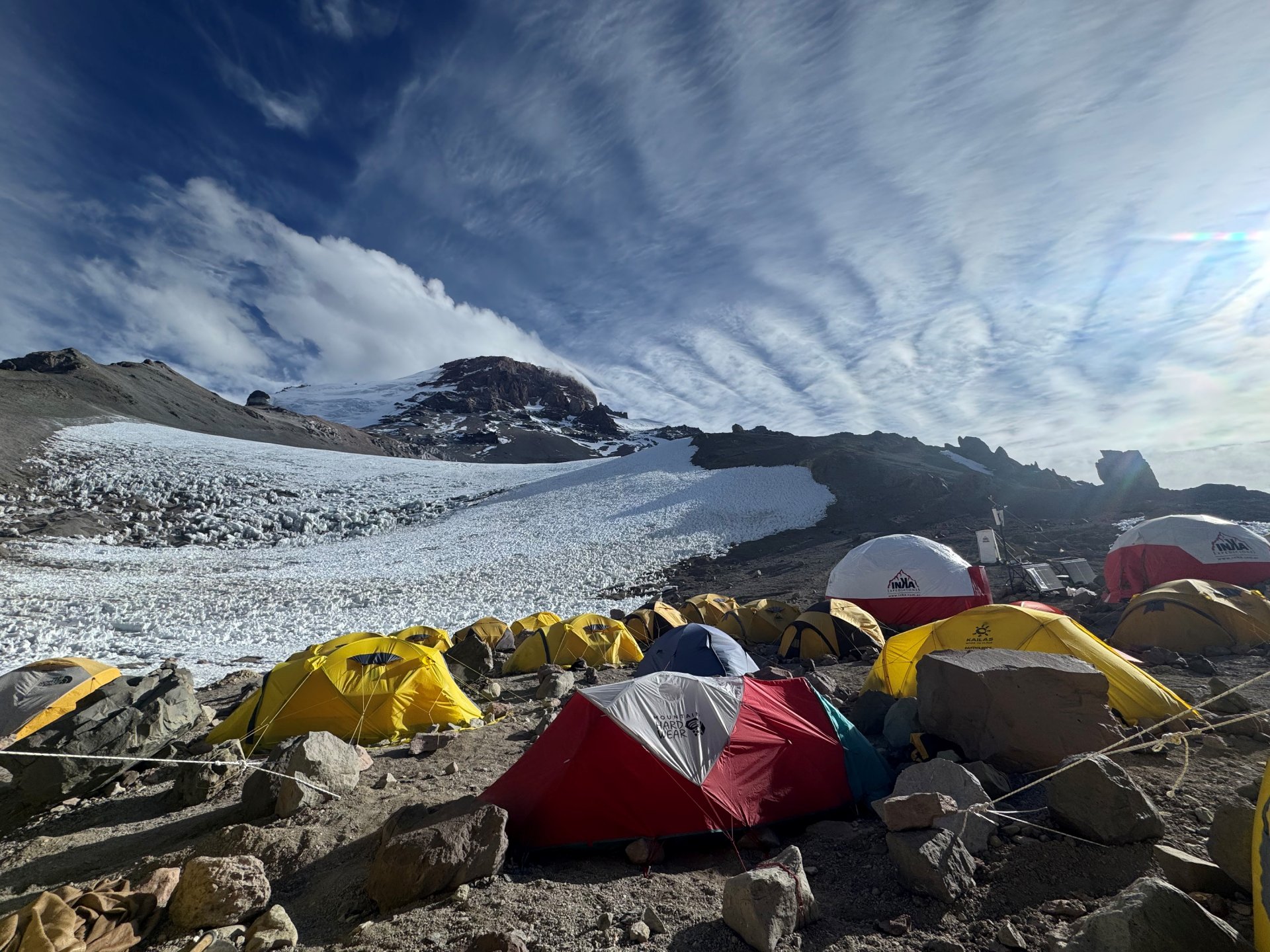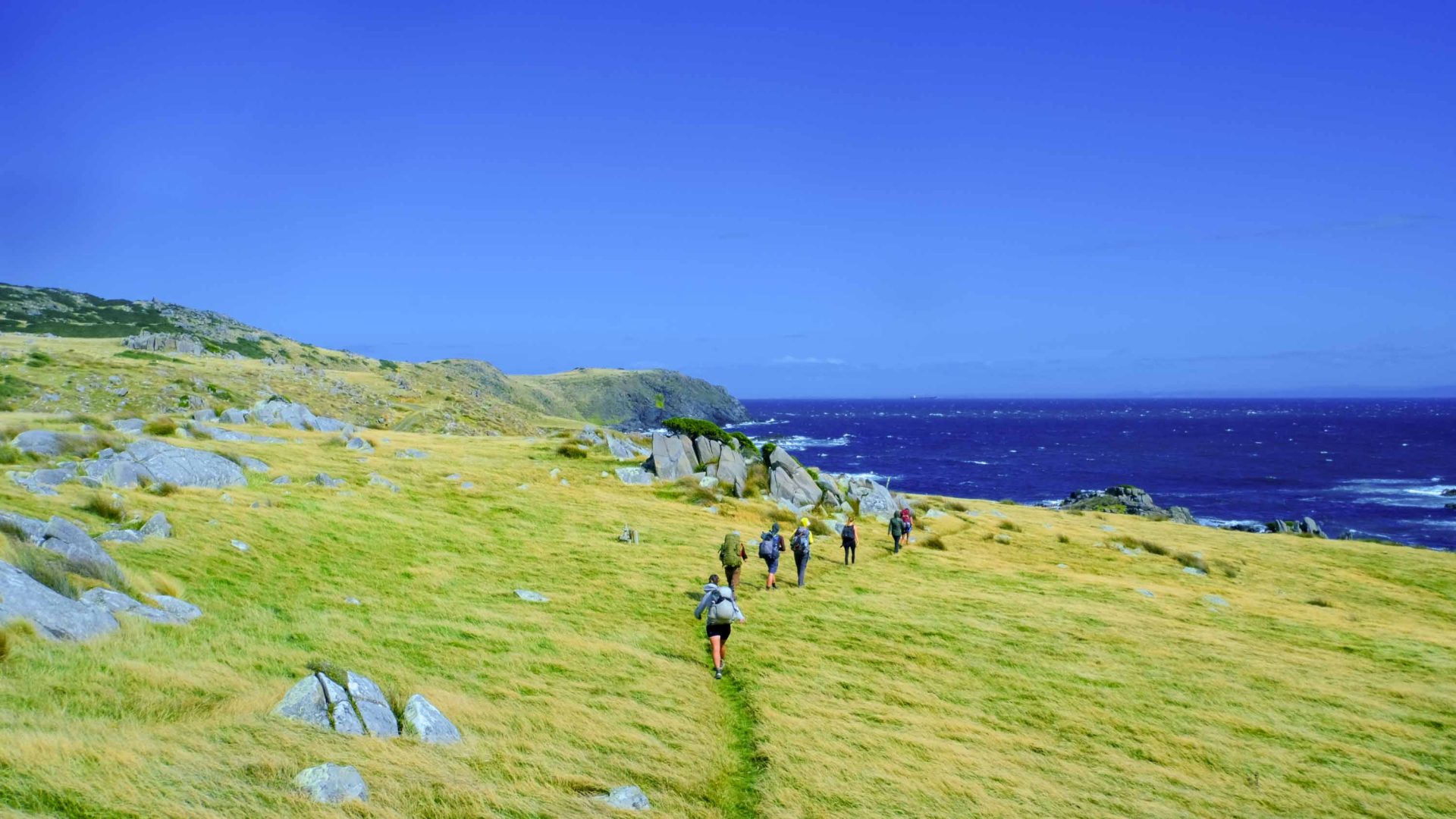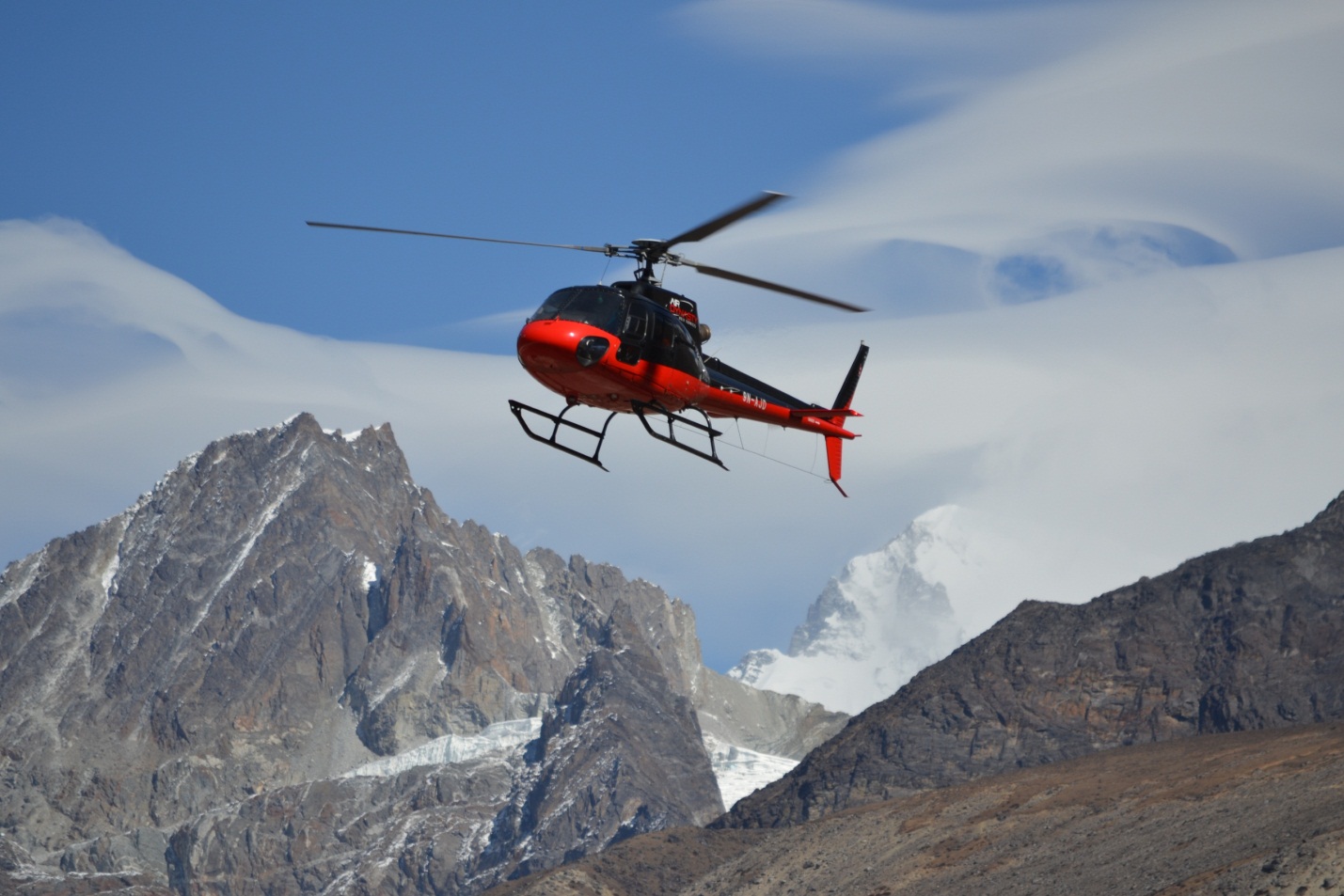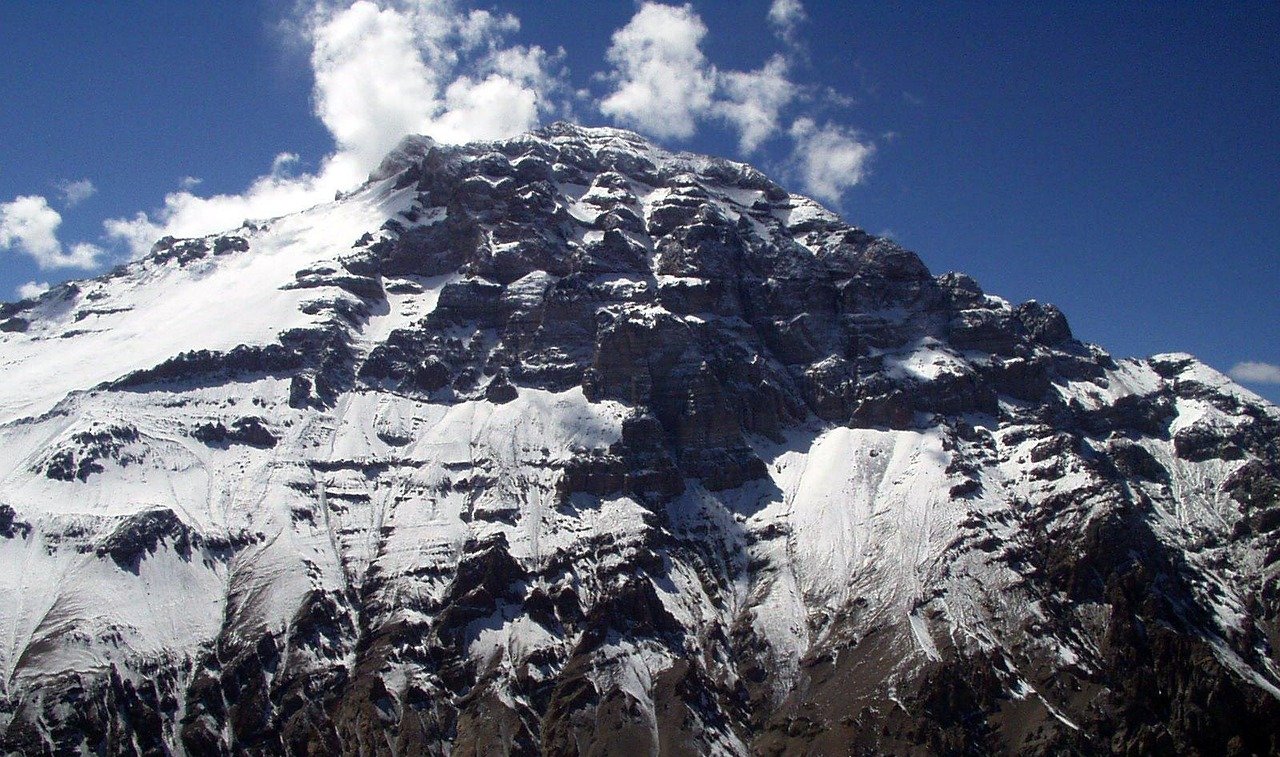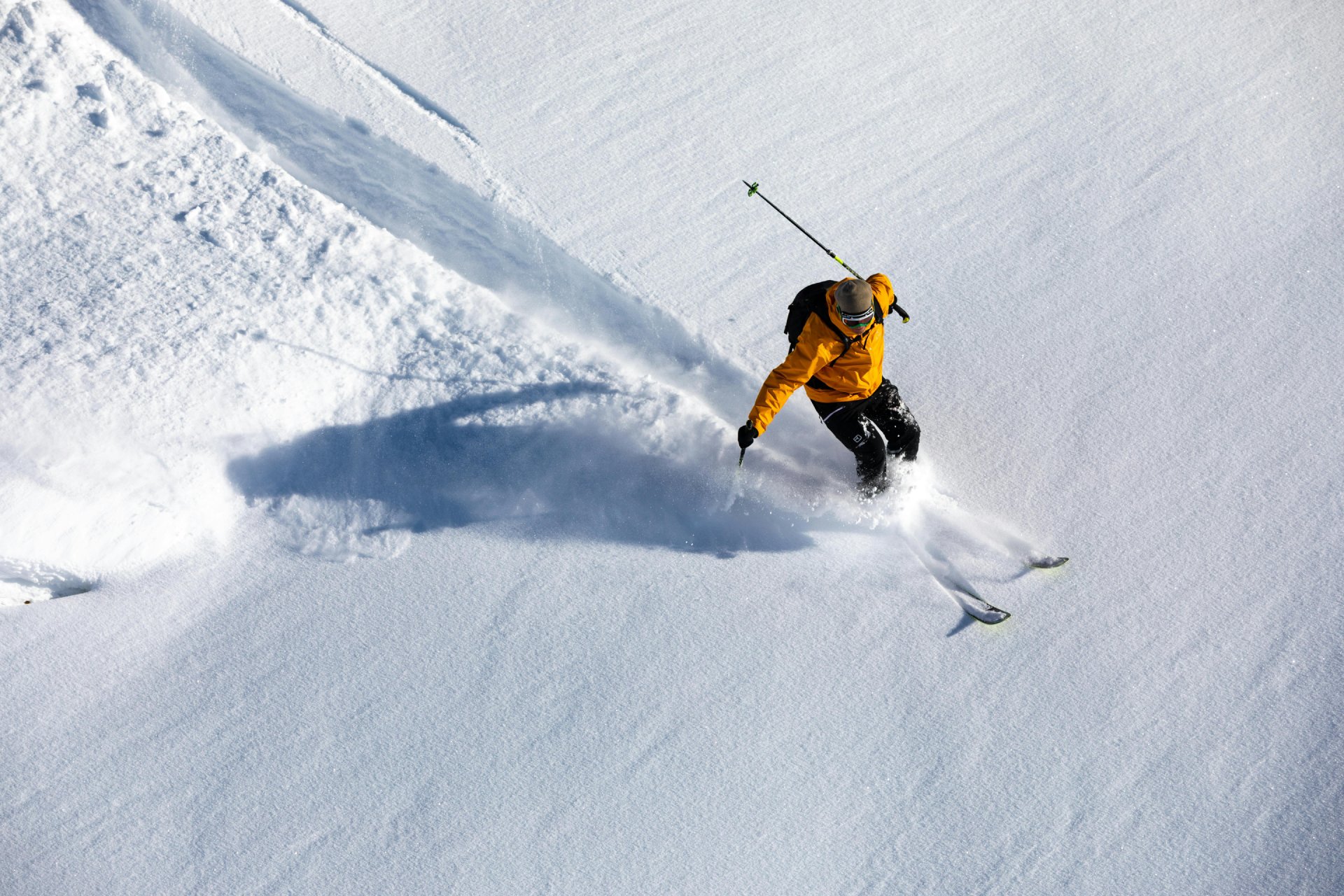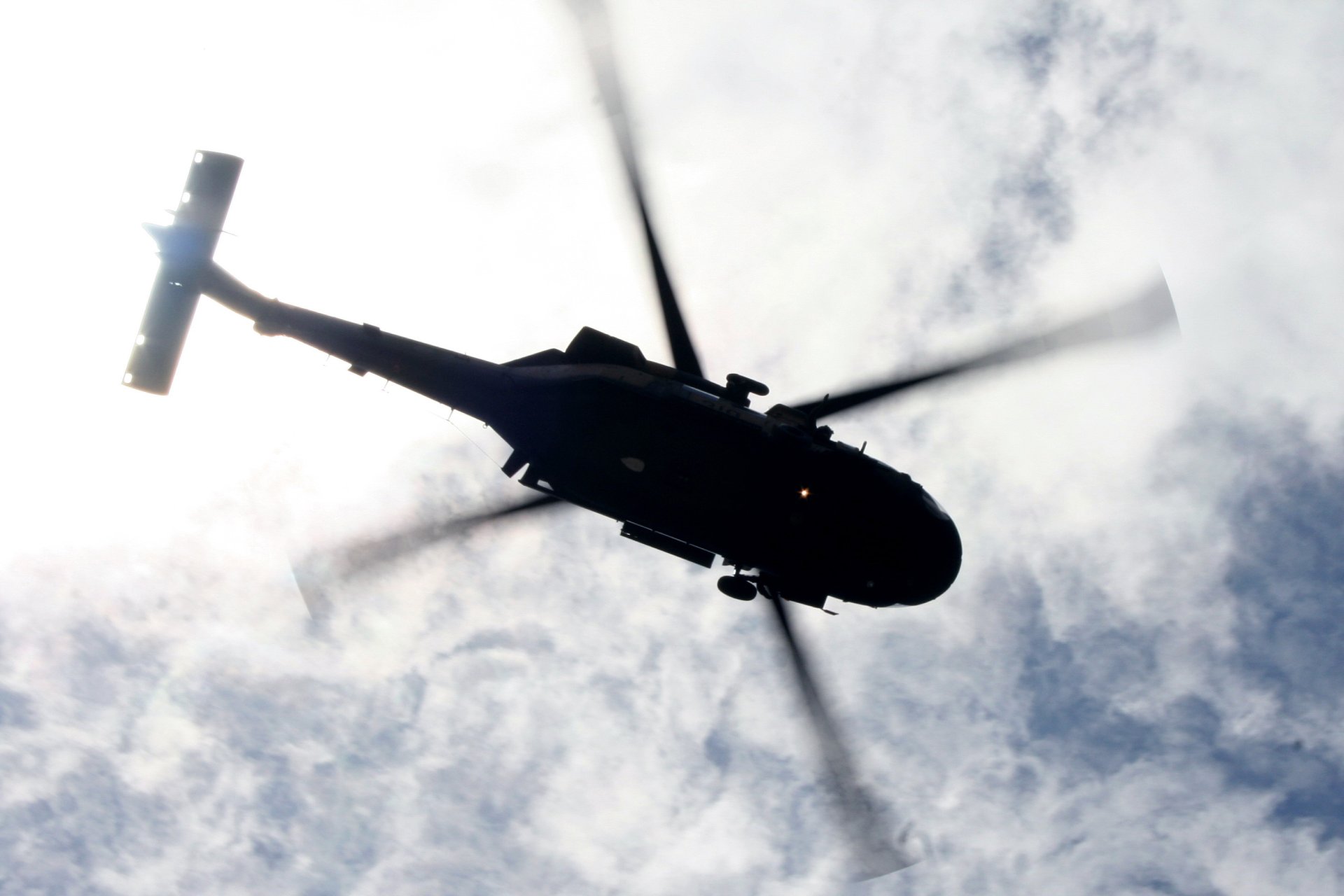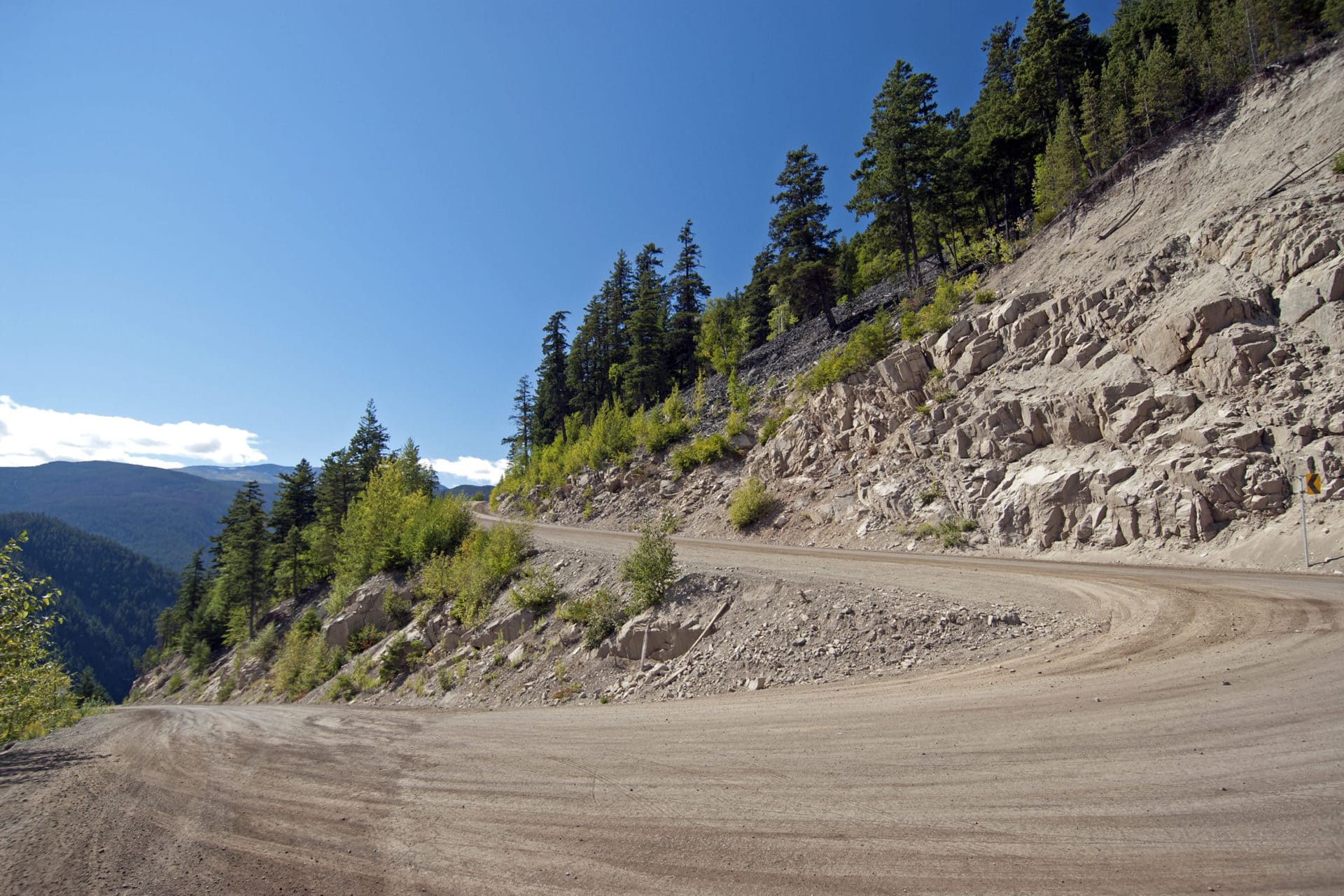Article Highlights:
- Global Rescue has a 20-year history aiding high-altitude climbers worldwide. It’s our 12th year in Nepal for Mount Everest rescue ops.
- With over 600 climber permits issued – 30% more than the previous year – and an additional 100 climbers attempting to summit from the Tibetan – 2024 could see a record-breaking number of rescues amid crowded Himalayan climbs.
- Several rescue operations have already occurred, including cases involving acute mountain sickness (AMS), high-altitude pulmonary edema (HAPE), and high-altitude cerebral edema (HACE)
- A few non-climbing rescue operations of note include two significant motorcycle accidents, one in Nepal, the other in Morocco.
For the 12th consecutive year, Global Rescue has deployed a team of specialists to Nepal to perform rescue operations during the Mount Everest 2024 spring climbing season, where a record number of rescues are expected.
Also expected to break records are the crowds converging on the Himalayan region. “About 600 climber permits have been issued for Mount Everest, a 30% increase over last year’s record of 463 permits distributed,” said Dan Stretch, a Global Rescue operations manager coordinating rescue activities for Nepal during the Mount Everest climbing season. Stretch has performed more than 500 evacuations and crisis response operations in the Himalayas.
Adding to the potentially crowded conditions on Mount Everest will be an additional 100 mountaineers attempting to summit from the Tibetan side. “For the first time in several years, Chinese authorities have opened up the Tibet side to 100 climbers. When you consider that each climber generally comes with support personnel and climbing sherpas there will likely be close to 2,000 people climbing Mount Everest this season,” Stretch said.
For 20 years, Global Rescue has responded to the needs of travelers at home and abroad, including high-altitude climbers. In a typical month, we perform hundreds of operations in dozens of countries, and in every condition. Below are highlights from some of our most recent operations in various locations.
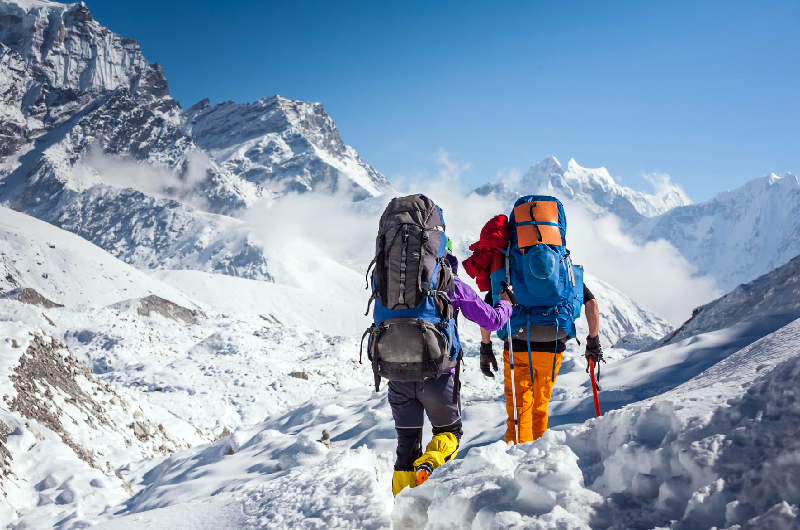
Rescue Operations During Mount Everest Climbing Season 2024
Crowded conditions in Nepal’s Himalayan mountains can lead to an increase in Global Rescue operations. “Overcrowding at high altitudes means more mountaineers exposed for prolonged periods in the death zone, and that increases the likelihood of climbers experiencing altitude sickness, frostbite and exhaustion,” said Stretch.
The higher altitudes, however, often cause respiratory challenges for mountaineers regardless of crowd size. That was the case for several Global Rescue members climbing and trekking in Nepal in April 2024:
An Italian member needed field rescue from Gokyo, Nepal (15,584 feet/4750 meters), after reporting symptoms of altitude sickness and prolonged shortness of breath. He was evaluated at the Gokyo International Altitude Center and diagnosed with acute mountain sickness (AMS) with a nosebleed and was recommended to descend to a lower altitude. Due to his condition, Global Rescue activated an airborne field rescue and transported him to a hospital in Lukla where the Global Rescue medical and rescue experts ground team met him. He was re-evaluated and treated for AMS and epistaxis before being released after his condition improved.
Another member from the United Arab Emirates contacted Global Rescue from Thangnag, Nepal (14,304 feet/4,360 meters), complaining of shortness of breath, persistent cough, dizziness, hallucinations, and fluid in his lungs. He had reached the Mera Summit (21,161 feet/6,450 meters) and explained that his symptoms began during descent, at which point he took doses of Diamox and dexamethasone, which he had with him. Global Rescue medical operations team members recognized the severity of his condition and initiated a helicopter evacuation from Thangnag to a hospital in Lukla where he was re-evaluated and diagnosed with mild high-altitude pulmonary edema (HAPE) with viral bronchiolitis. He recovered sufficiently with treatment and was discharged with oral medications.
An Australian member needed field rescue from the Yak Lodge in Dingboche, Nepal, after experiencing symptoms of altitude sickness. Despite receiving supplemental oxygen, the member’s condition did not improve. Global Rescue medical operations personnel confirmed with medical staff located in Dingboche the member’s HAPE diagnosis and recommendation to be evacuated to a lower altitude. She was safely air-lifted to a hospital in Kathmandu where she was admitted overnight for HAPE, pneumonitis, high-altitude cerebral edema (HACE), and an electrolyte imbalance. The member recovered sufficiently and was released from the hospital the following day with medications and instructions for a follow-up examination after continuing her recovery at her hotel.
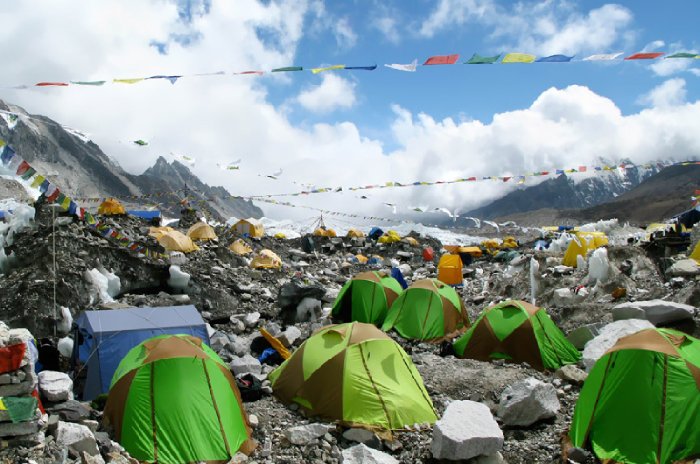
Snow Blind at Mera High Camp
An expedition contacted Global Rescue about a member from Singapore who had fallen with one leg slipping into a crevasse. Expedition group members successfully pulled him free but soon after, he showed symptoms of snow blindness, AMS and HACE symptoms while at Mera High Camp (19,357 feet/5,900 meters). Global Rescue initiated an airborne helicopter rescue and transported the member to a hospital in Lukla. He was met by Global Rescue’s Nepal on-the-ground team at the hospital where he was evaluated and given oxygen and medication to treat AMS and HACE. He was later released from the facility with medications in an improved condition.
Sciatica on Khumjung in Nepal
A Canadian member was at Mount Everest Base Camp when he began experiencing sciatica, a pain that travels along the path of the sciatic nerve from the buttocks and down each leg. He was advised to descend due to his condition, but the pain running down his buttocks, unfortunately, was also radiating to his left leg, rendering him unable to walk, sit, or lie down without pain despite medication. He was examined at the Base Camp clinic and given a Dexamethasone injection, but relief was marginal.
Global Rescue medical personnel reviewed the case and initiated a medical evacuation due to the member’s inability to walk. He was safely transported to a hospital in Lukla where he was diagnosed with left sciatica and admitted overnight for monitoring. Treating physicians recommended he be transported to a hospital capable of a higher level of care with a specialist evaluation and MRI.
Global Rescue medical personnel reviewed the case, concurred with the recommendation and arranged the member’s medical evacuation to a hospital with appropriate specialists and imaging capabilities. Following his arrival, the member received an MRI which revealed an L4-L5 posterior disc bulge, an L5-S1 asymmetric disc bulge, and compressing Left S1 traversing nerve root. He was diagnosed with a prolapsed intervertebral disc (PIVD L5-S1 Left). He was admitted for further care after which he improved sufficiently and was released from the facility with oral medications.
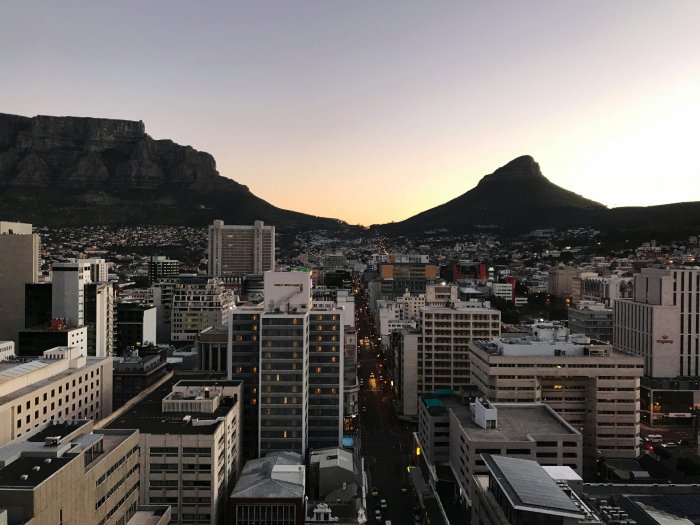
Misstep in Cape Town
A U.S. member visiting Cape Town, South Africa, fell down steps and needed field rescue and medical evacuation. The 66-year-old member was transported by local emergency services to a medical clinic where she was examined and diagnosed with a fractured right metatarsal. She was fitted for and placed in a medical moon boot and subsequently discharged.
After the member contacted Global Rescue, medical operations personnel provided ground transportation for her to recover sufficiently to obtain a fit-to-fly certificate. Local treating physicians and Global Rescue medical operations personnel concurred the member would require airport assistance and business class seating to keep her leg elevated during her flight home. She arrived home safely where she would continue her recovery.
Motorcycle Accident in Nepal
A member from Malaysia used his satellite communications device to send an SOS alert after his motorcycle and a bus were involved in a traffic accident on the Karnali Highway in Nepal. Global Rescue medical operations personnel discovered the member suffered multiple fractures and a head injury and had been transported by local police to a nearby clinic where he received treatment for his wounds including a temporary cast for his left arm and wrist. The member’s treating doctor recommended a medical evacuation to a medical facility capable of a higher level of care.
Global Rescue operations personnel arranged a helicopter transport for him, and he was met at the hospital by Global Rescue’s on-the-ground medical operations team and local doctors. The member was examined, and x-rays revealed a broken wrist and ankle which required surgery. A CT scan showed no abnormalities from the head injury. The member’s spouse arrived to assist in his hospital recovery and his return home.
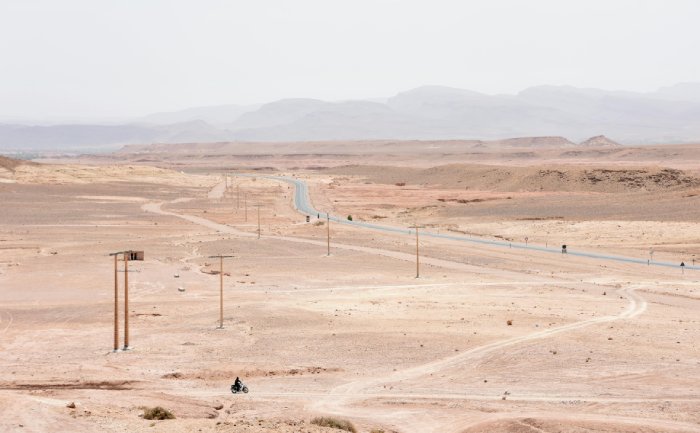
Broken Leg in Morocco
A U.S. member needed medical evacuation following a motorcycle accident in Morocco. He contacted Global Rescue and reported that he sustained a broken leg during the accident and had been admitted to a local medical center where he was evaluated, admitted and underwent surgery. The member was placed in the intensive care unit for close monitoring due to possible head and vertebral trauma.
Global Rescue medical operations physicians reviewed the member’s extensive injuries and recommended an airborne medical evacuation to his home hospital of choice for an orthopedic examination and consultation. Global Rescue provided his return flight in a business class seat with leg elevation and a travel companion to assist with his transport after obtaining a fit-to-fly certificate. The member self-managed his pain during his return and arrived safely in San Francisco.
Considering a High-Altitude Climb?
Traveling for a trek or a mountain climb? Include a travel protection services membership. Are you already a member? Get a refresher on how to use your Global Rescue membership by reviewing the Quick Start Guide.
Whether you’re climbing Mount Everest, motorcycling in Nepal, or hiking up Table Mountain in Cape Town, you’ll have access to 24/7/365 medical advisory services, field rescue from the point of injury, and medical evacuation to the nearest hospital or home hospital of choice.
and if you’re planning a high-altitude climb, be sure to obtain a High-Altitude Evacuation Package, available to members 16 years of age or older.

